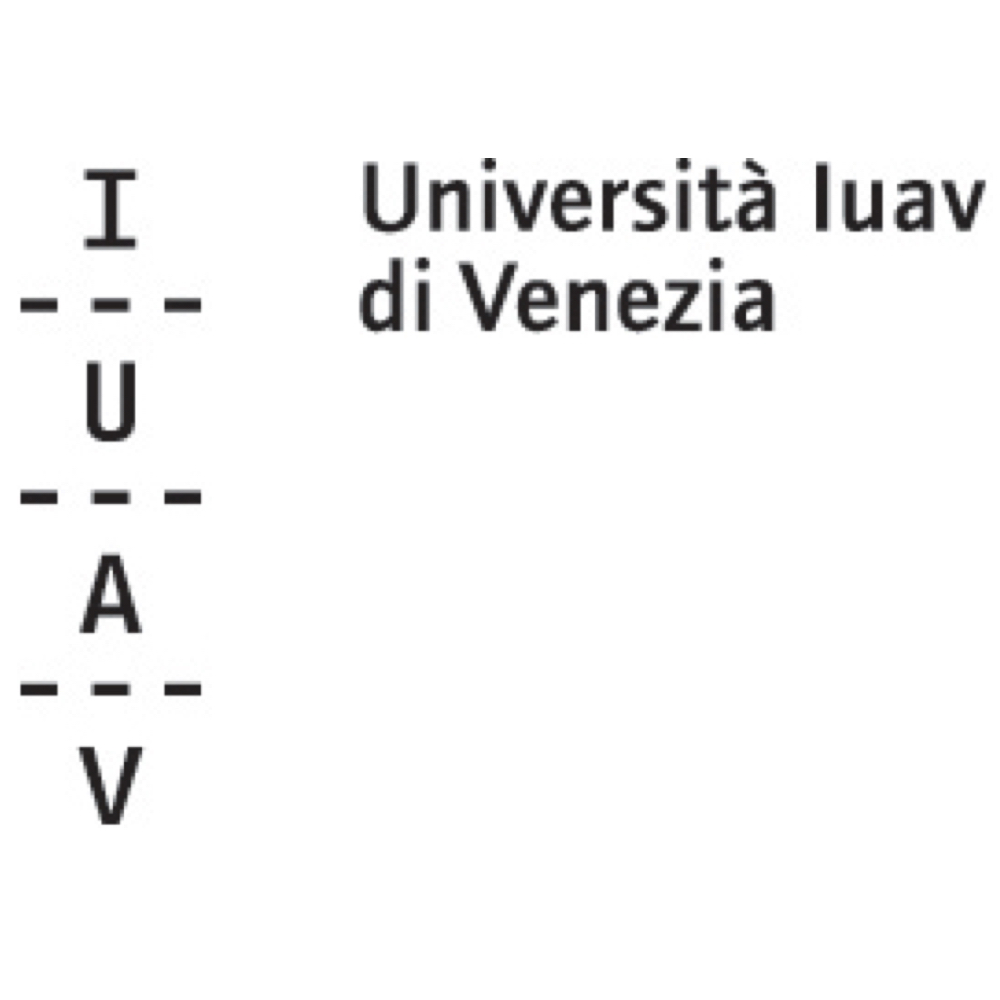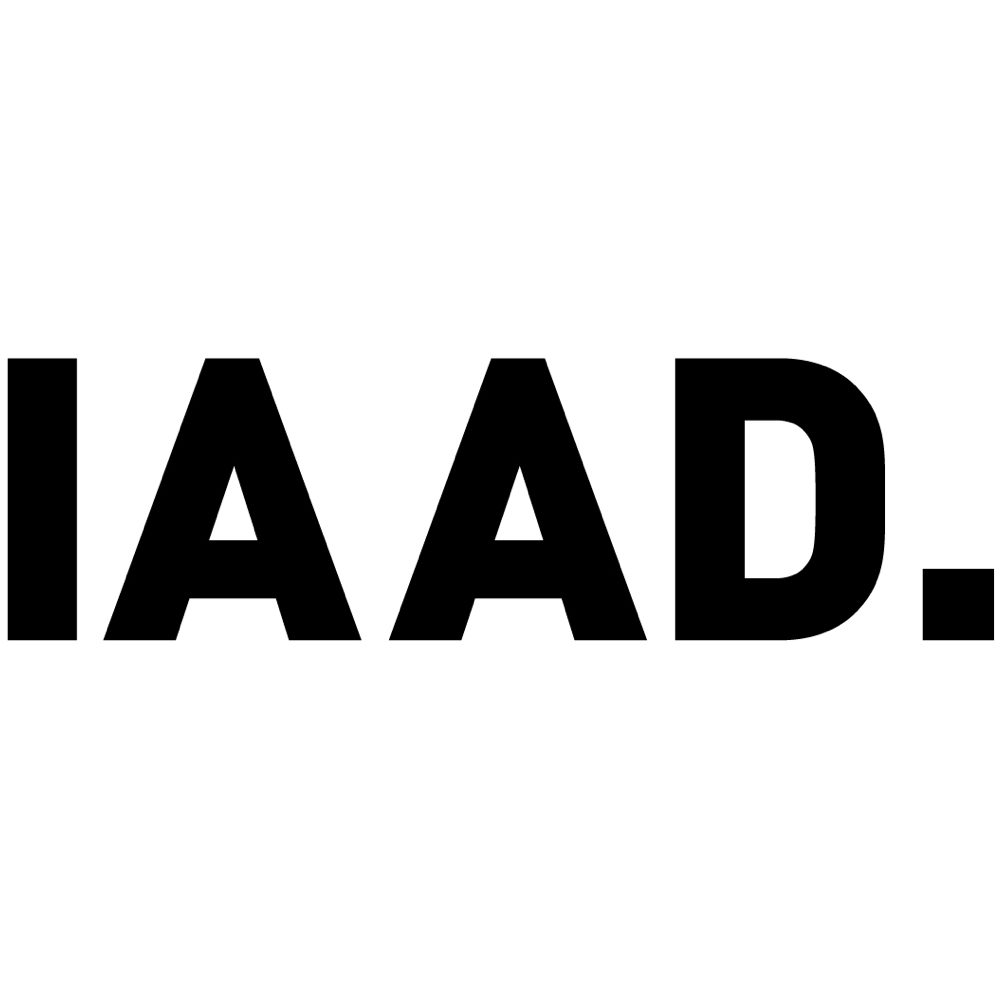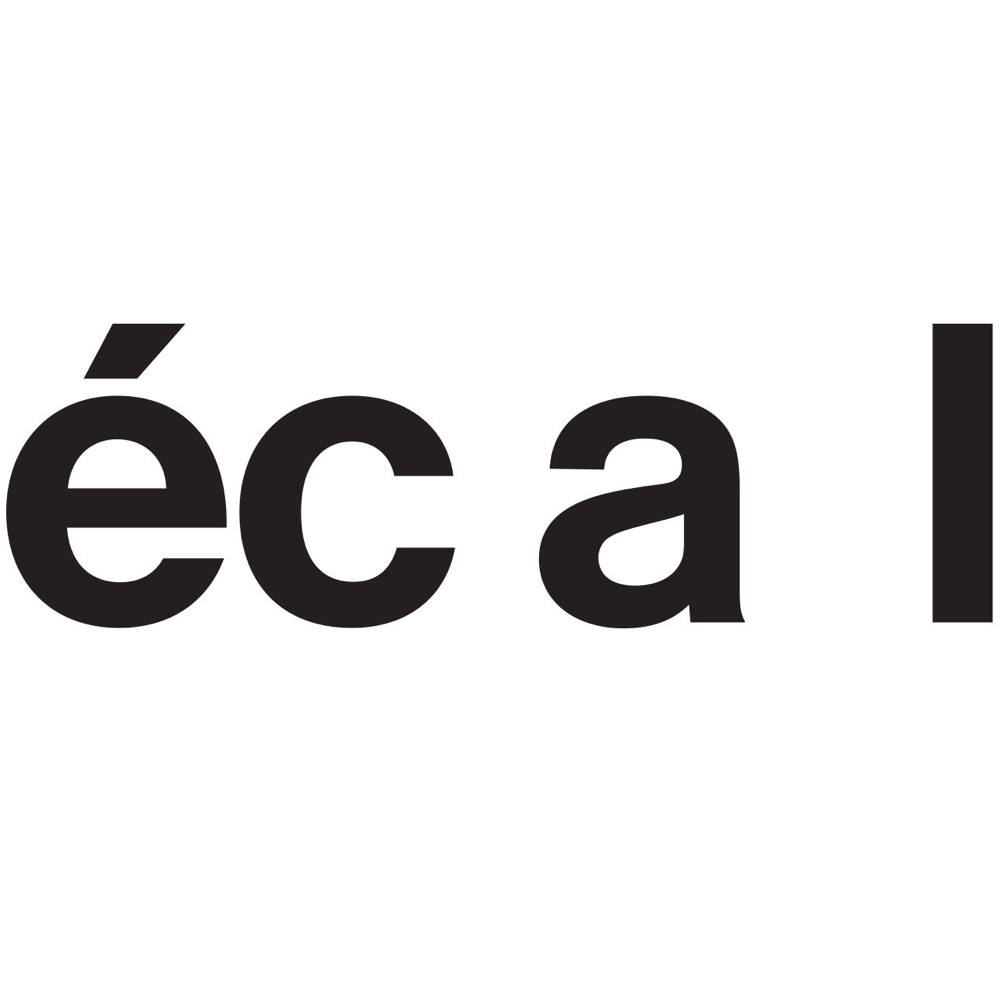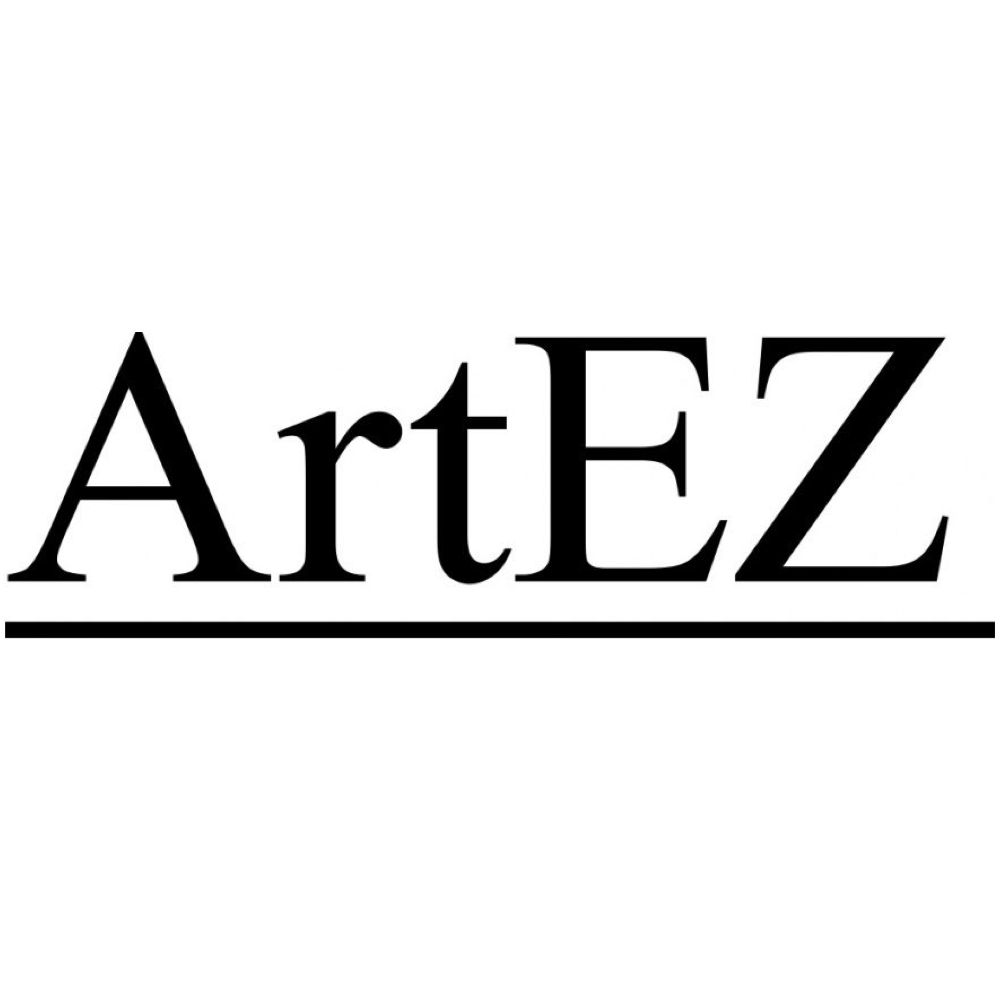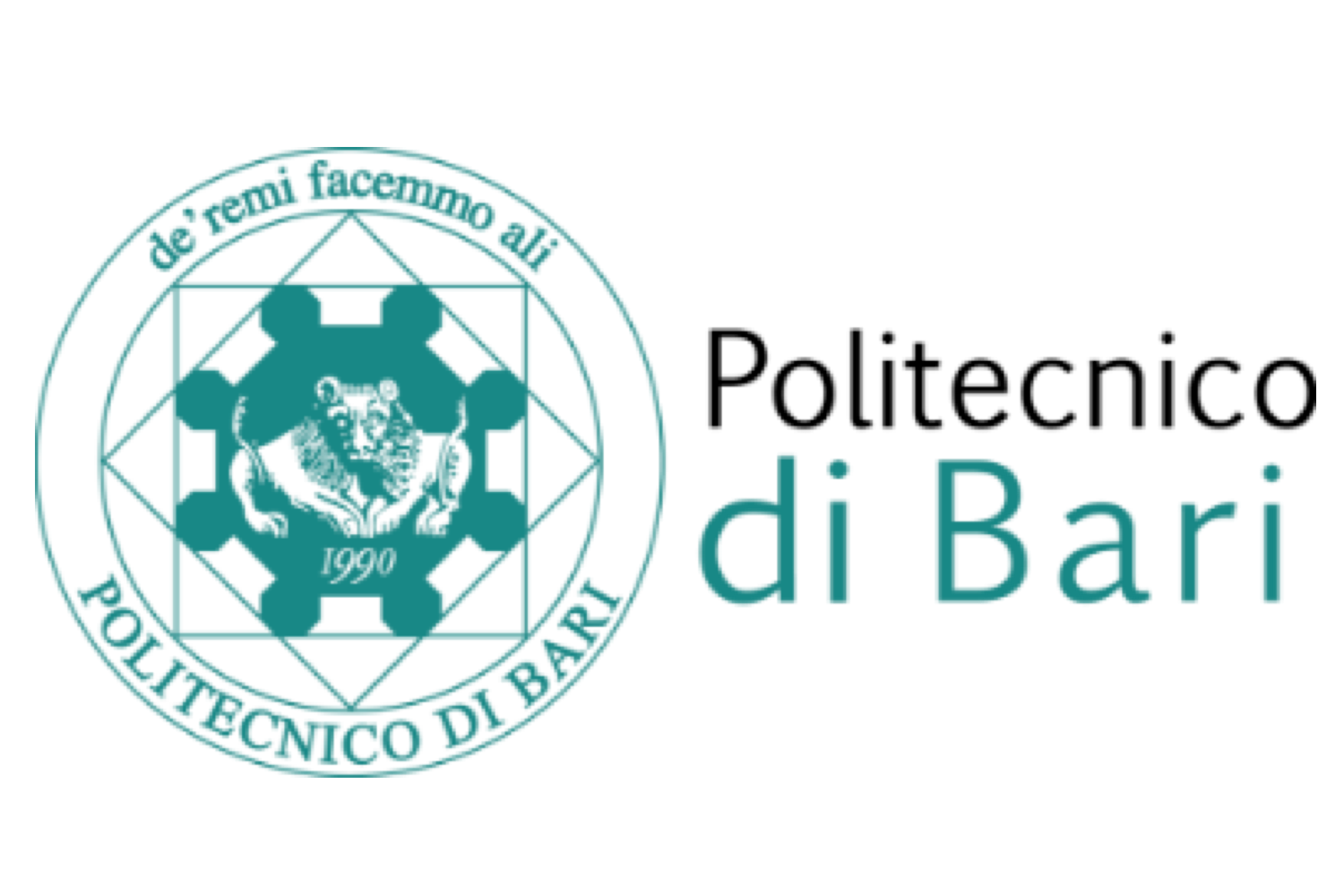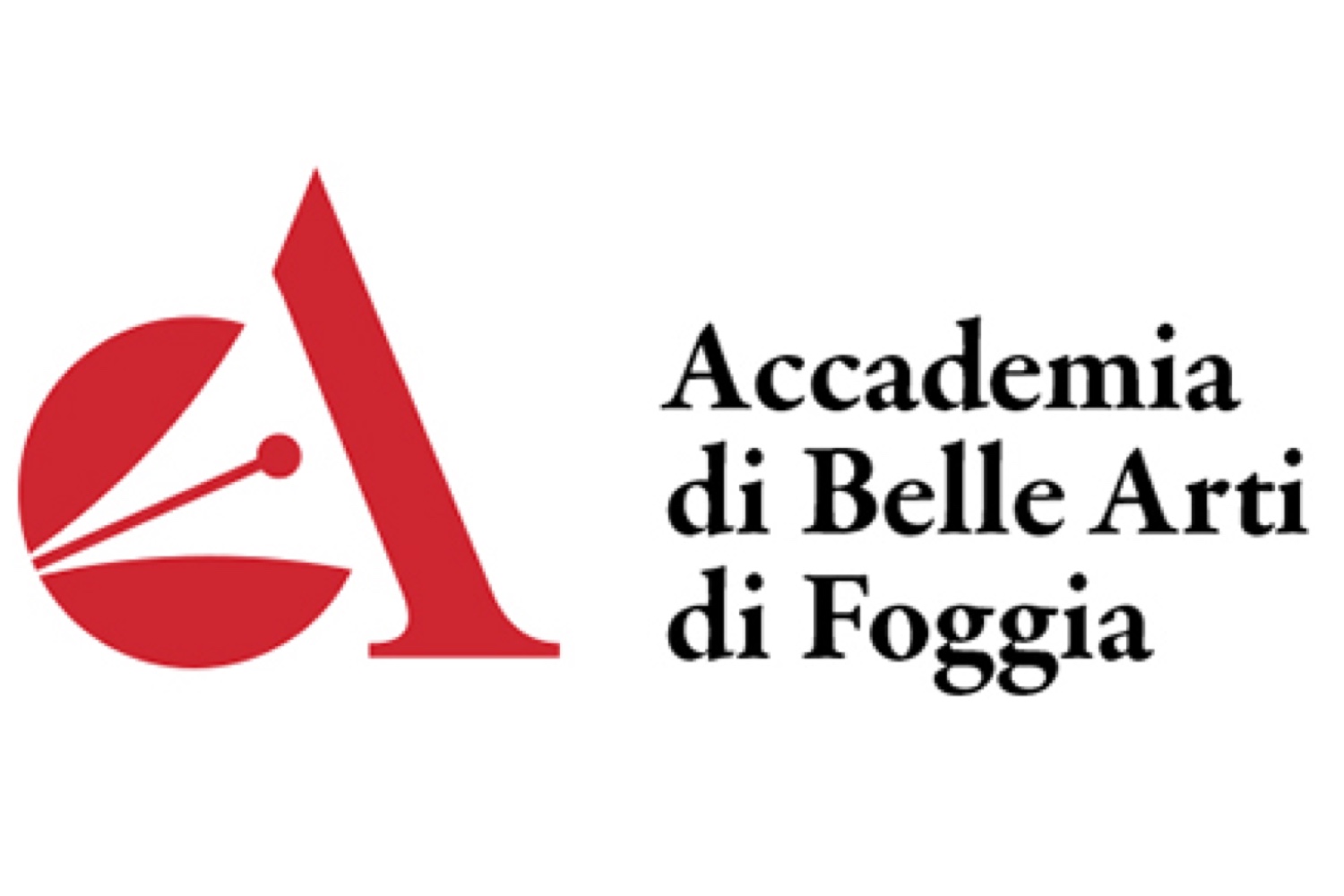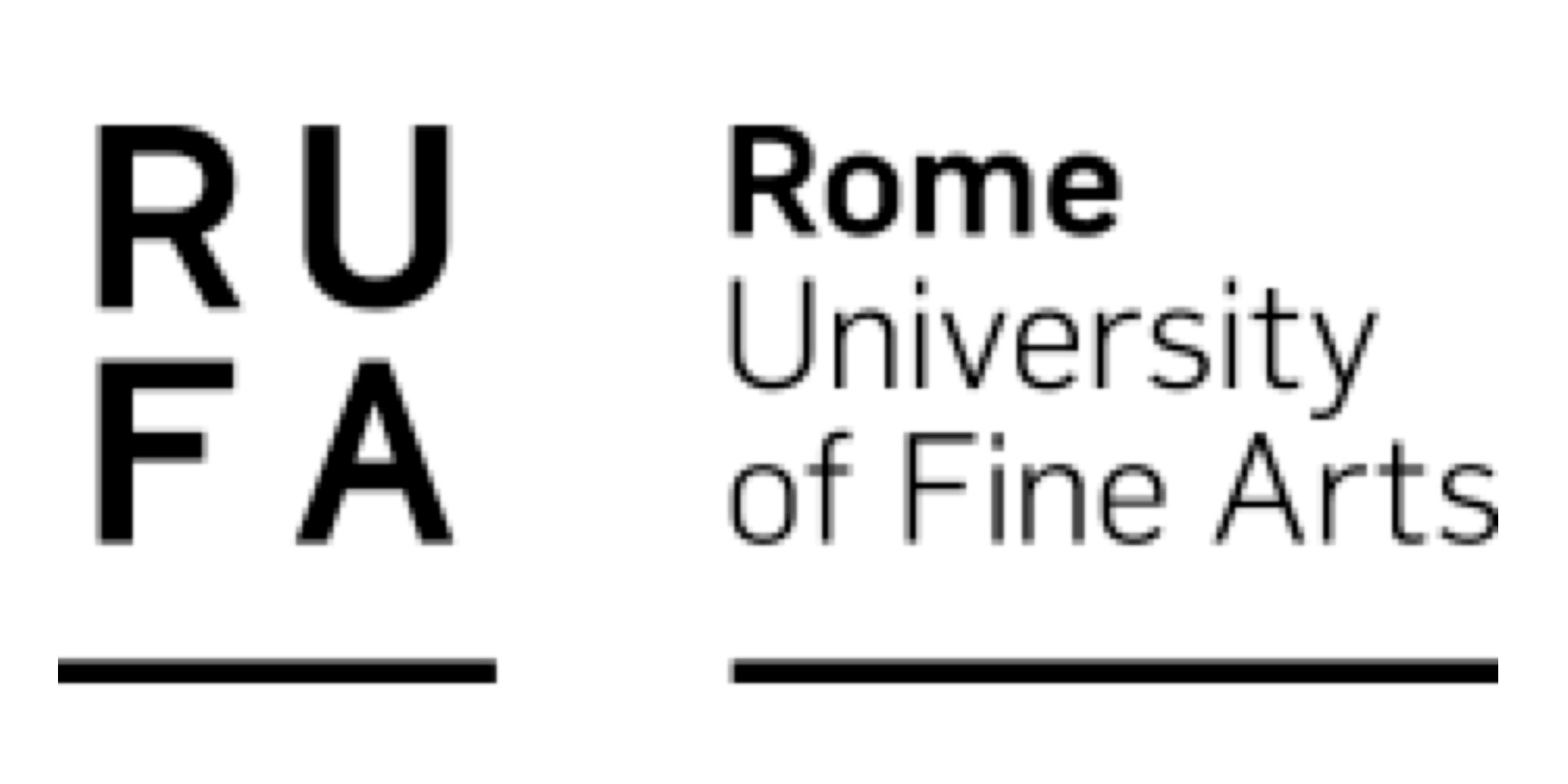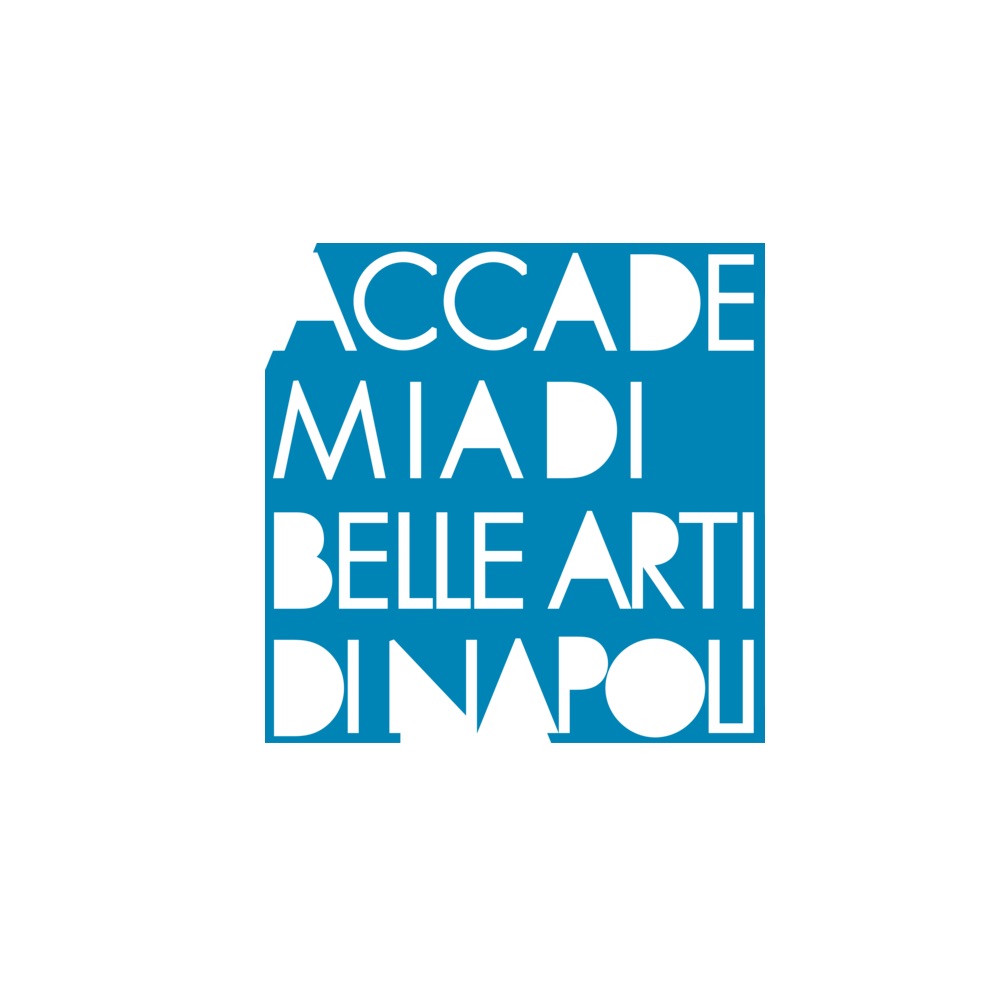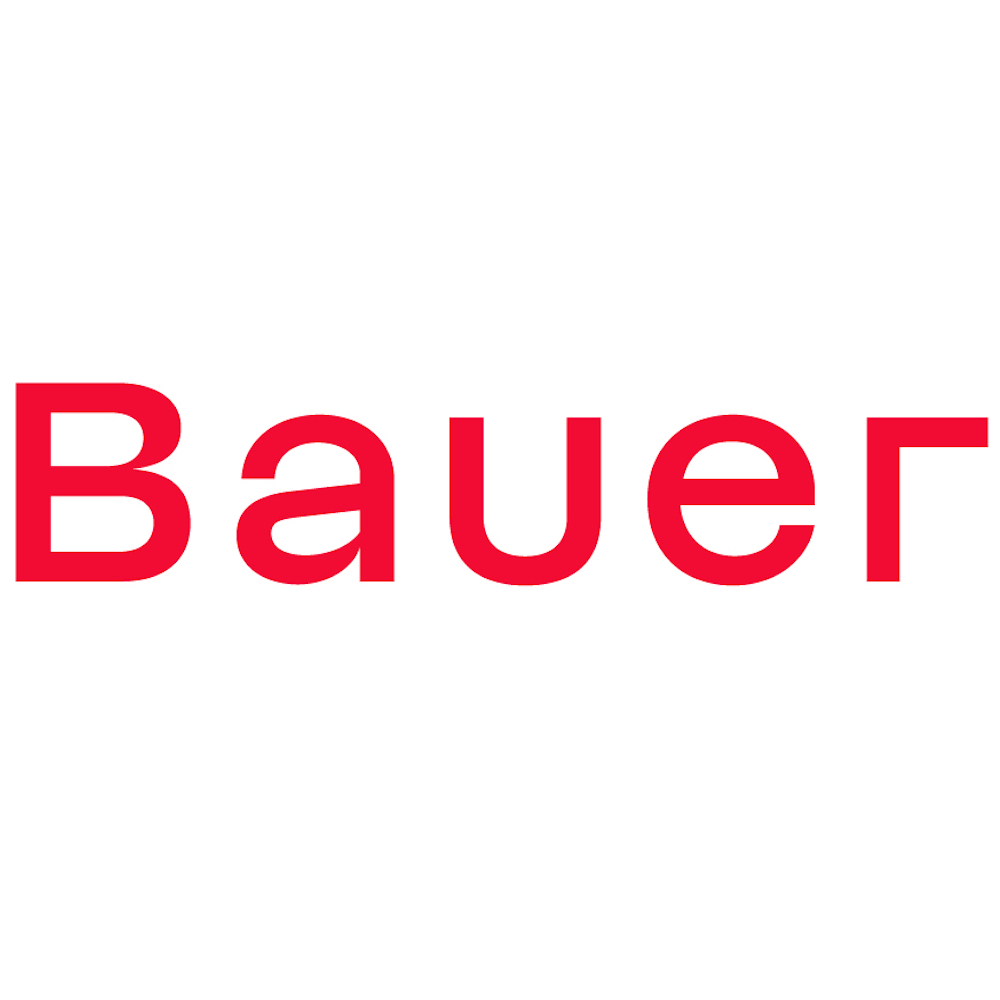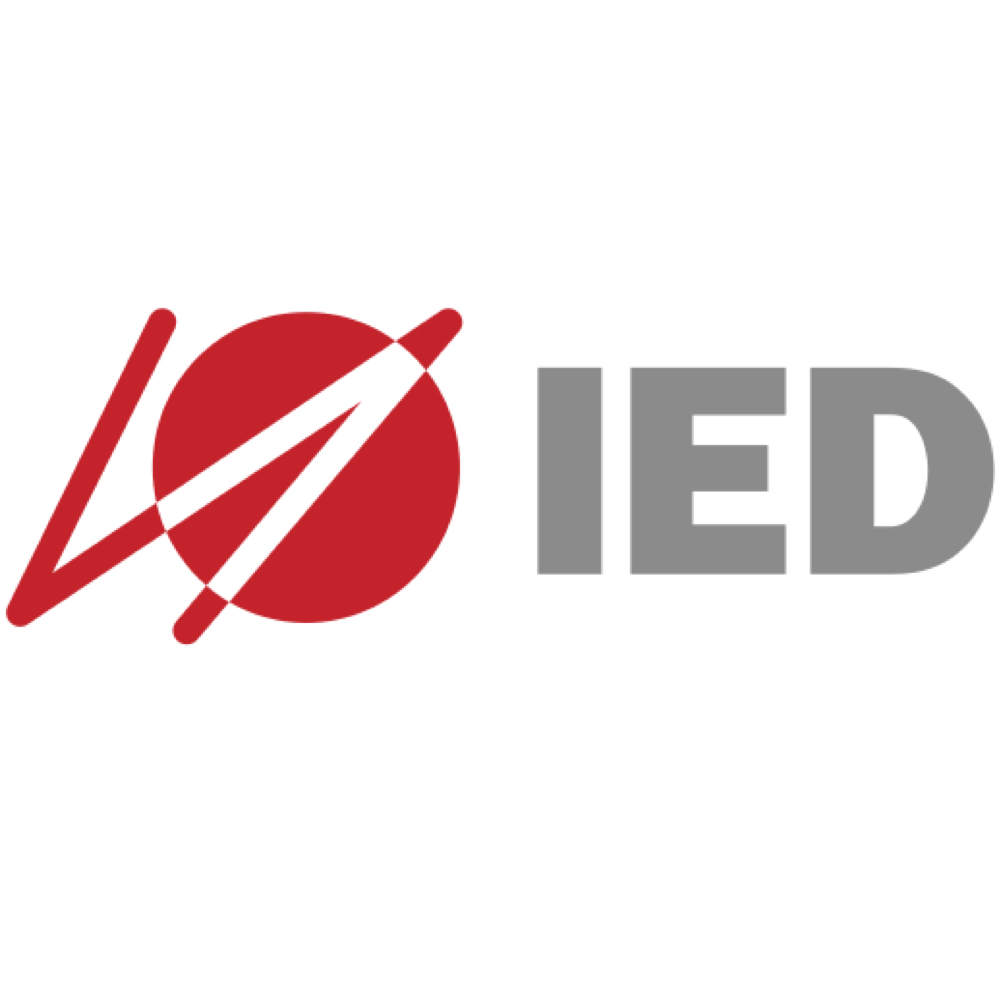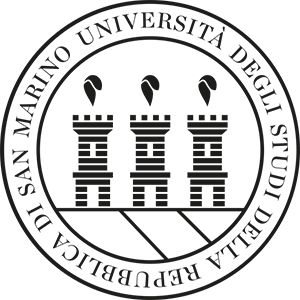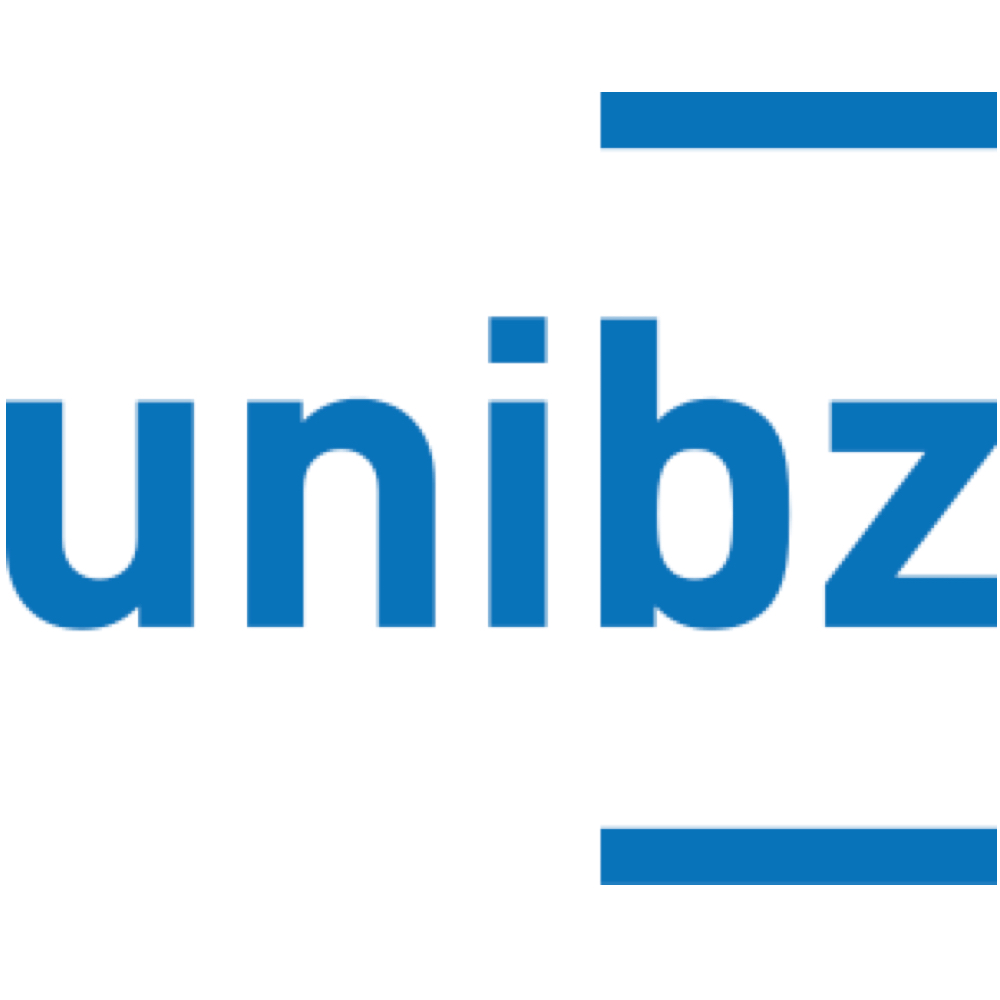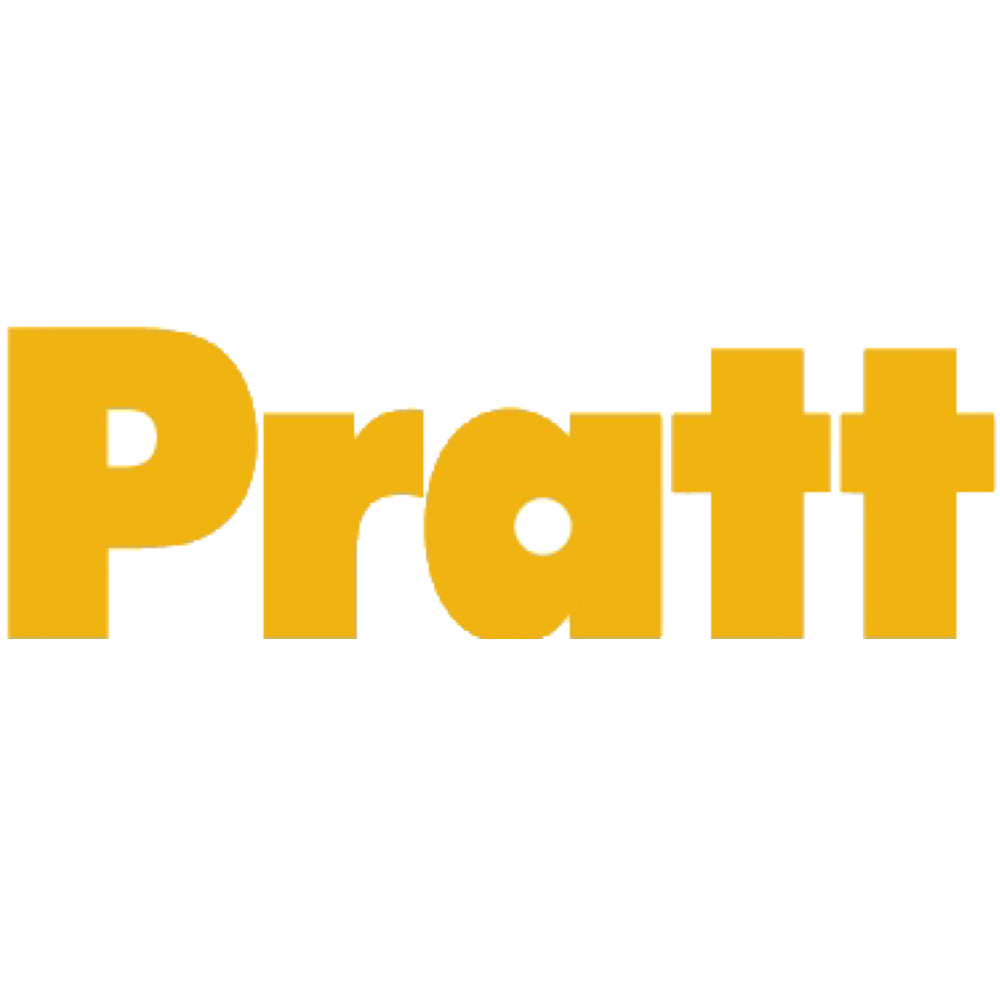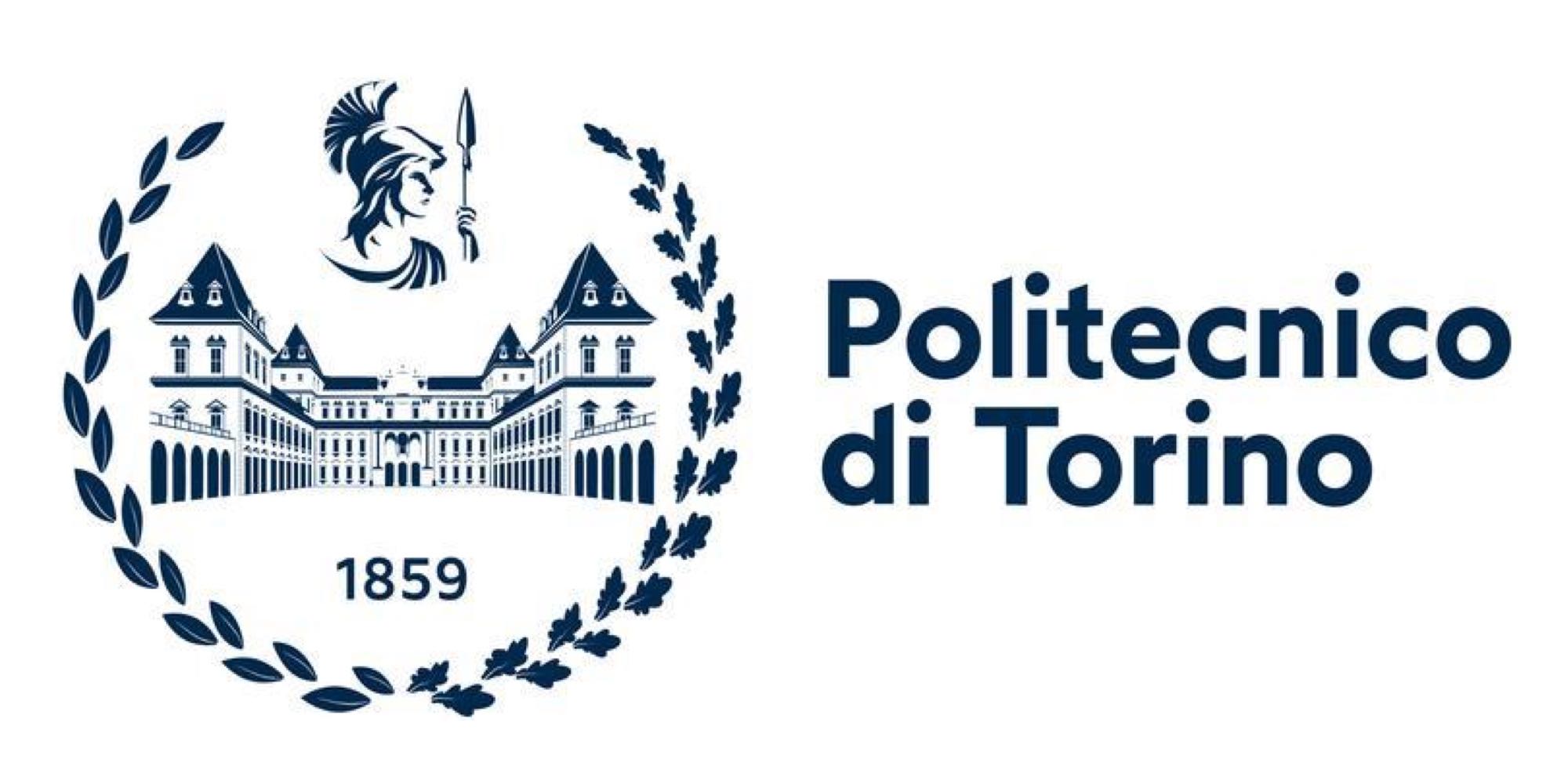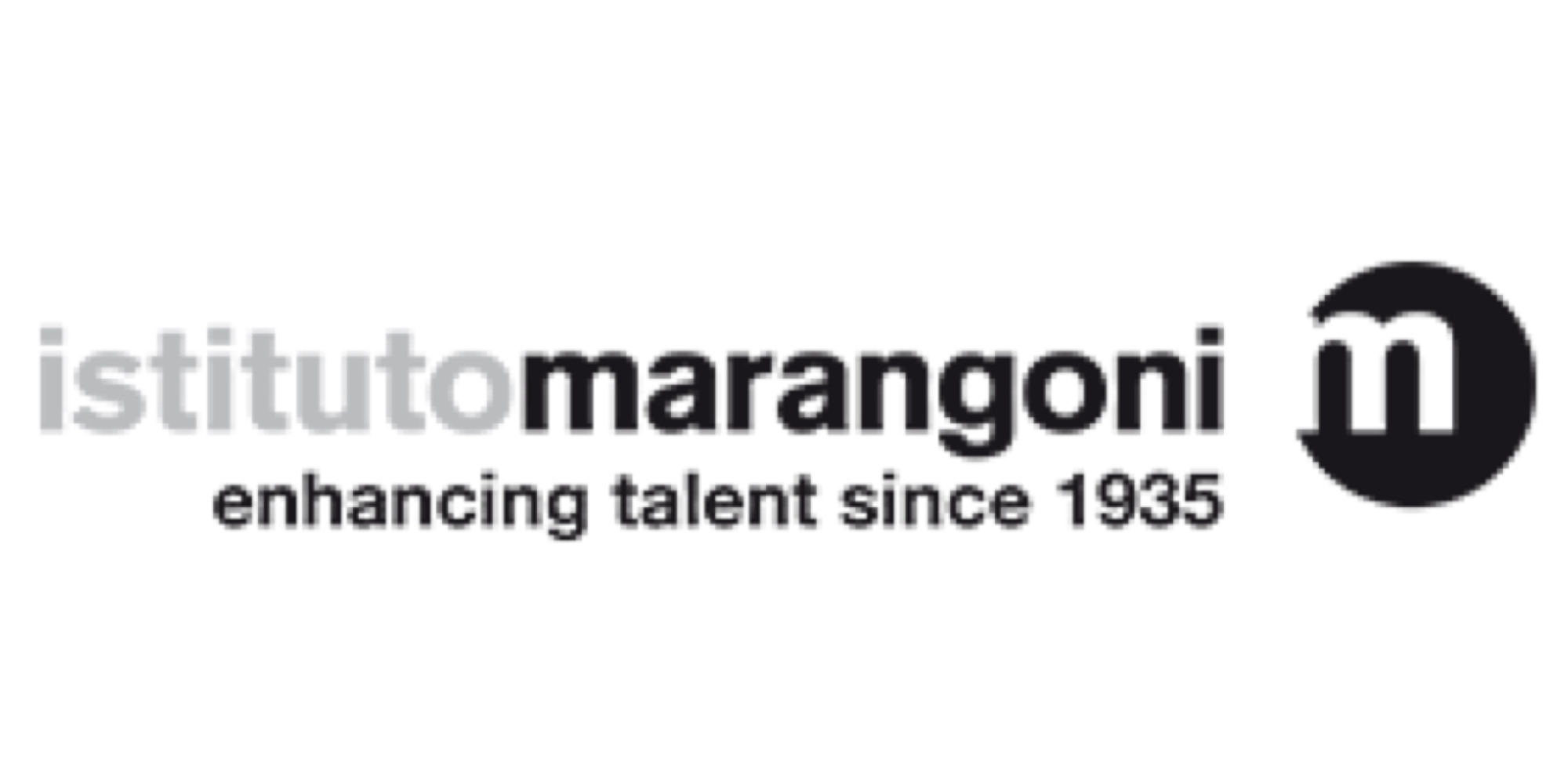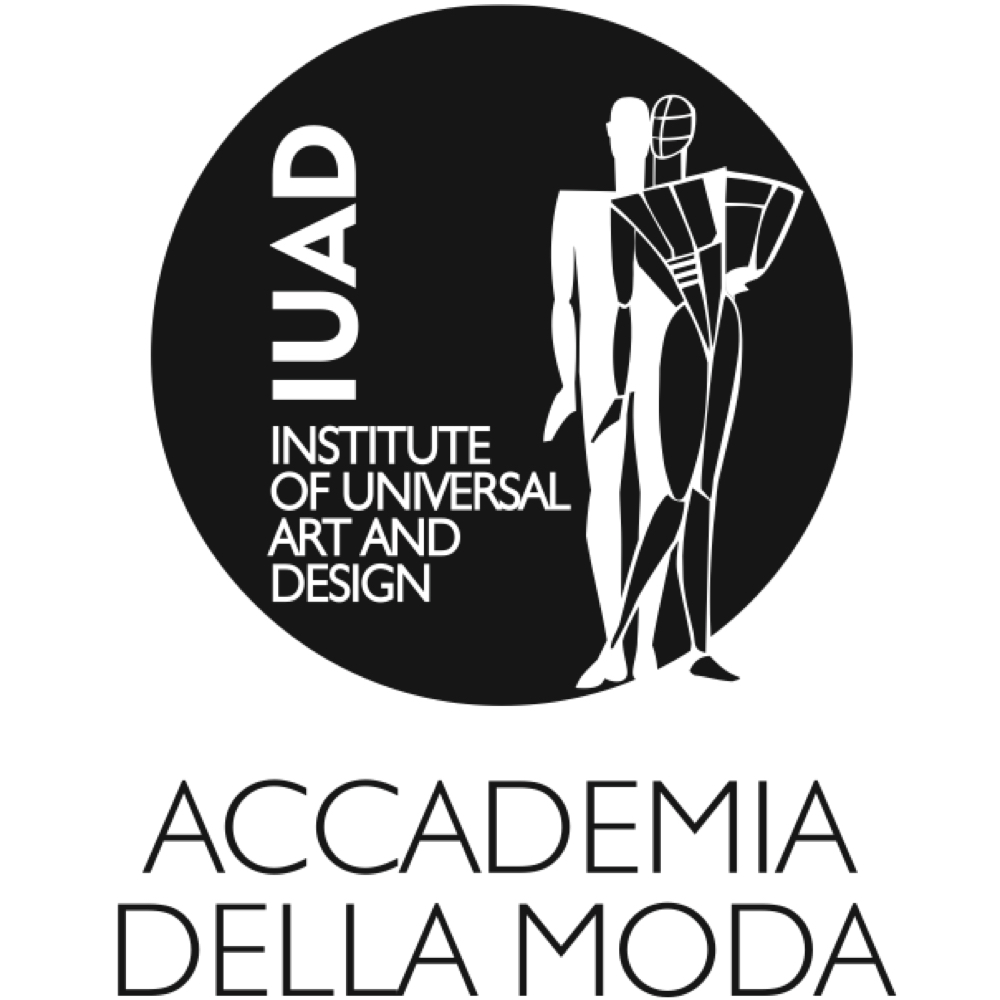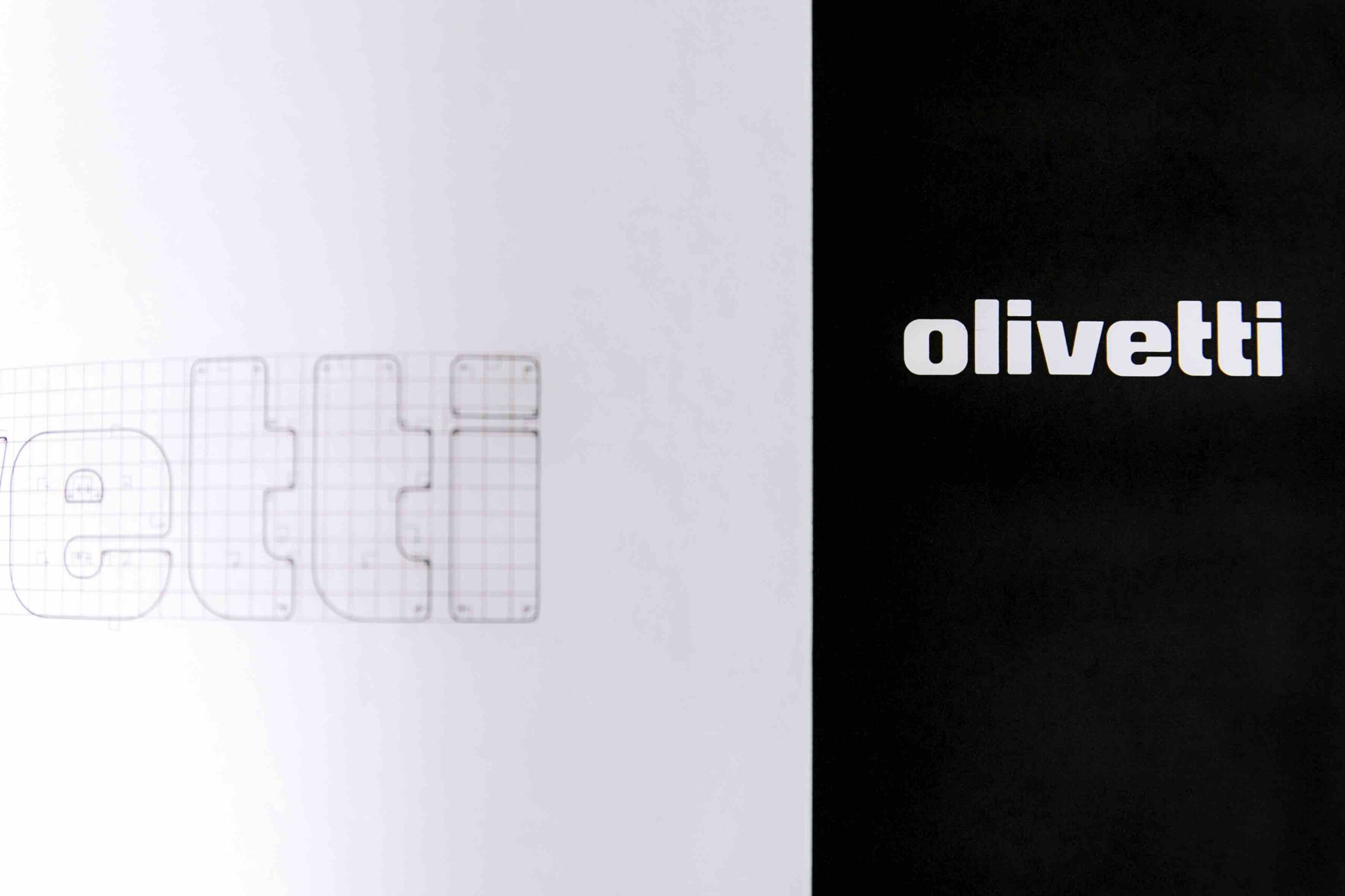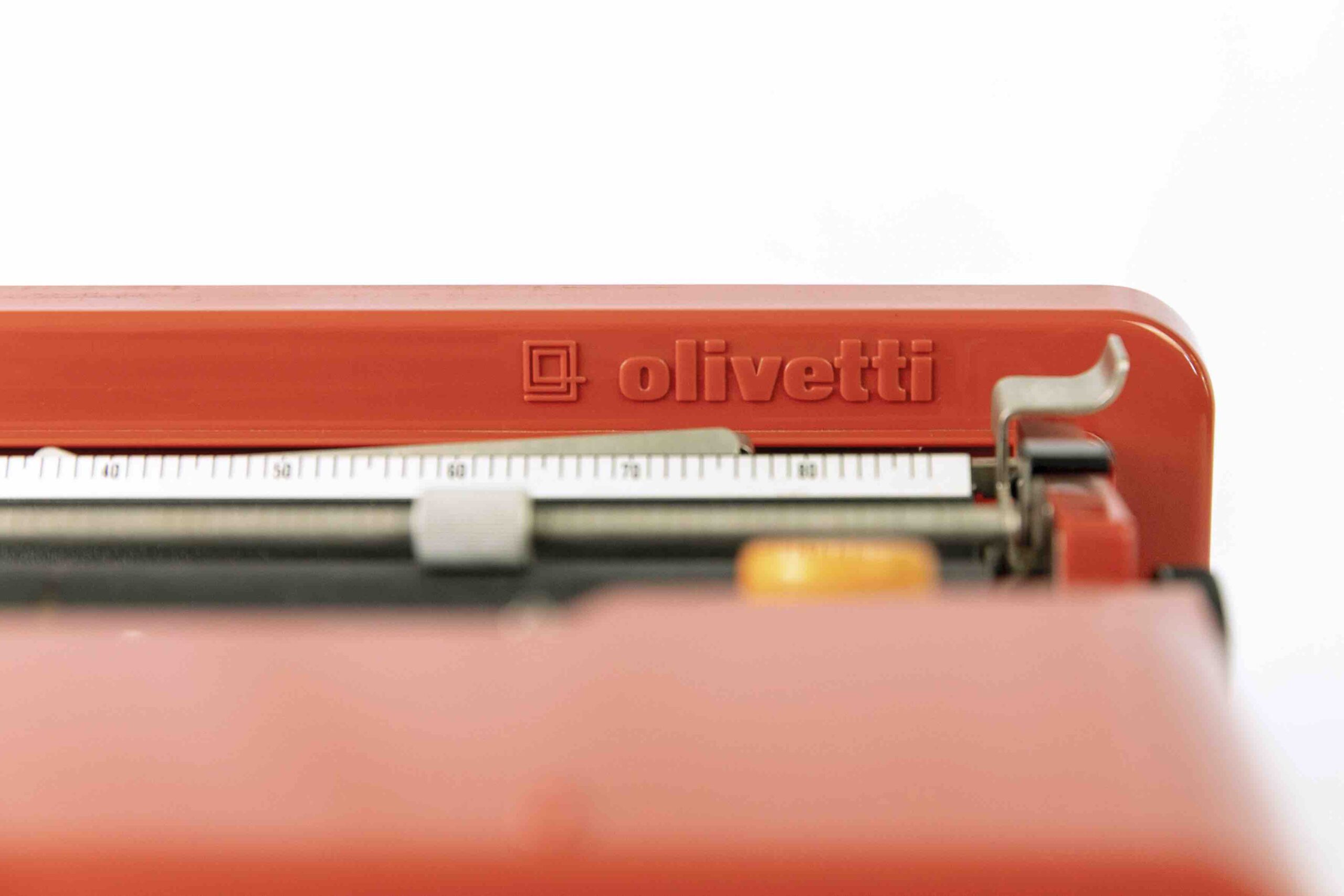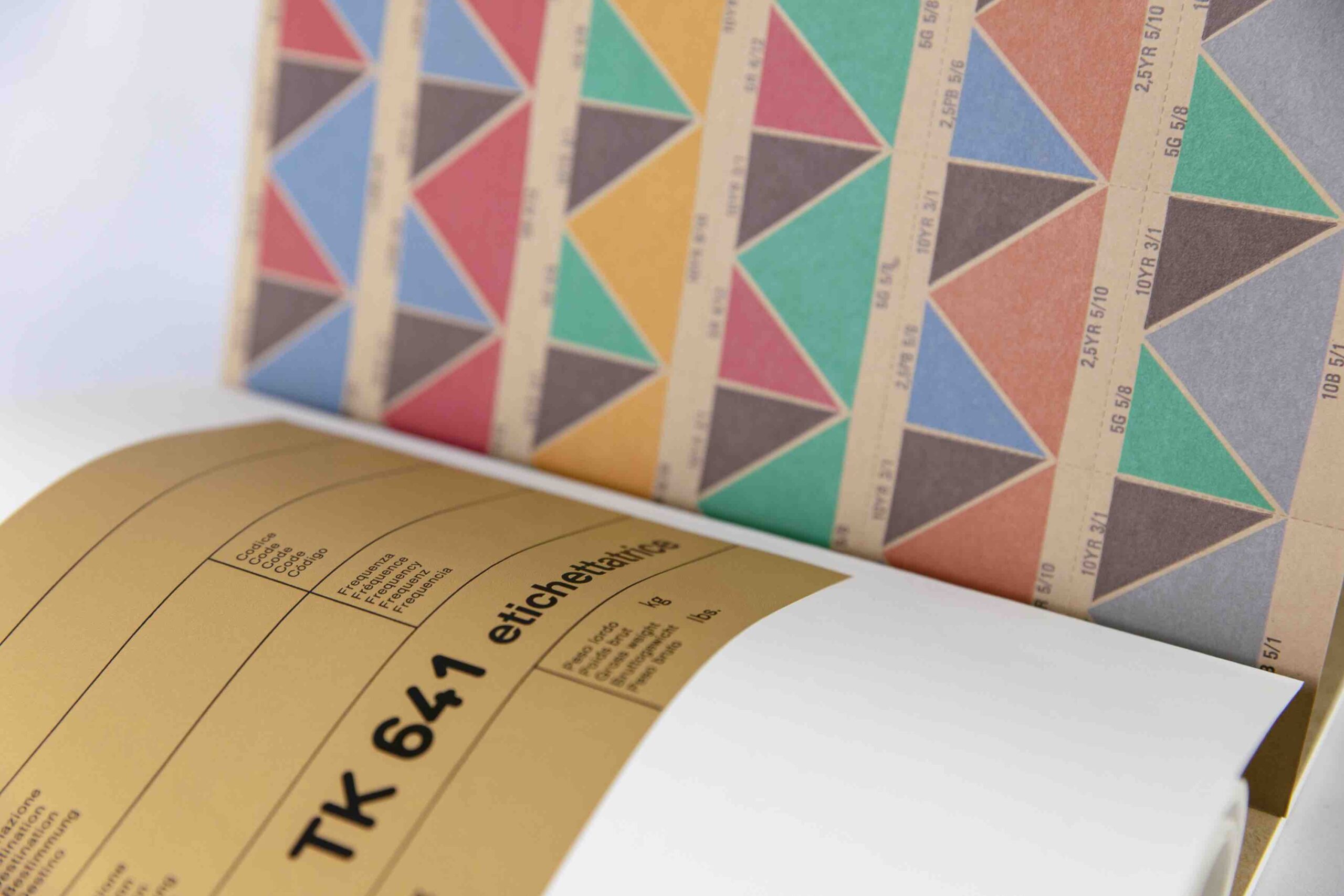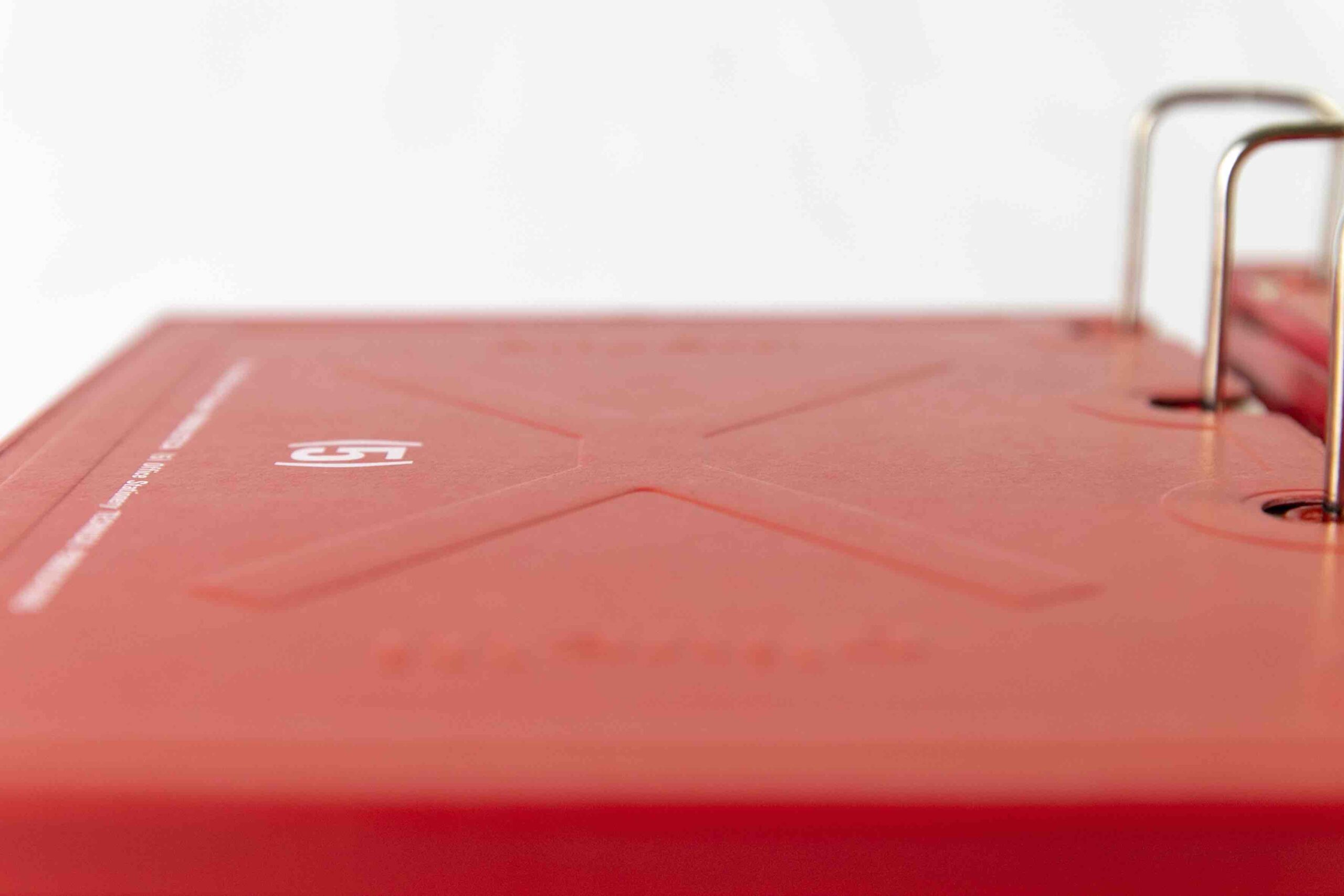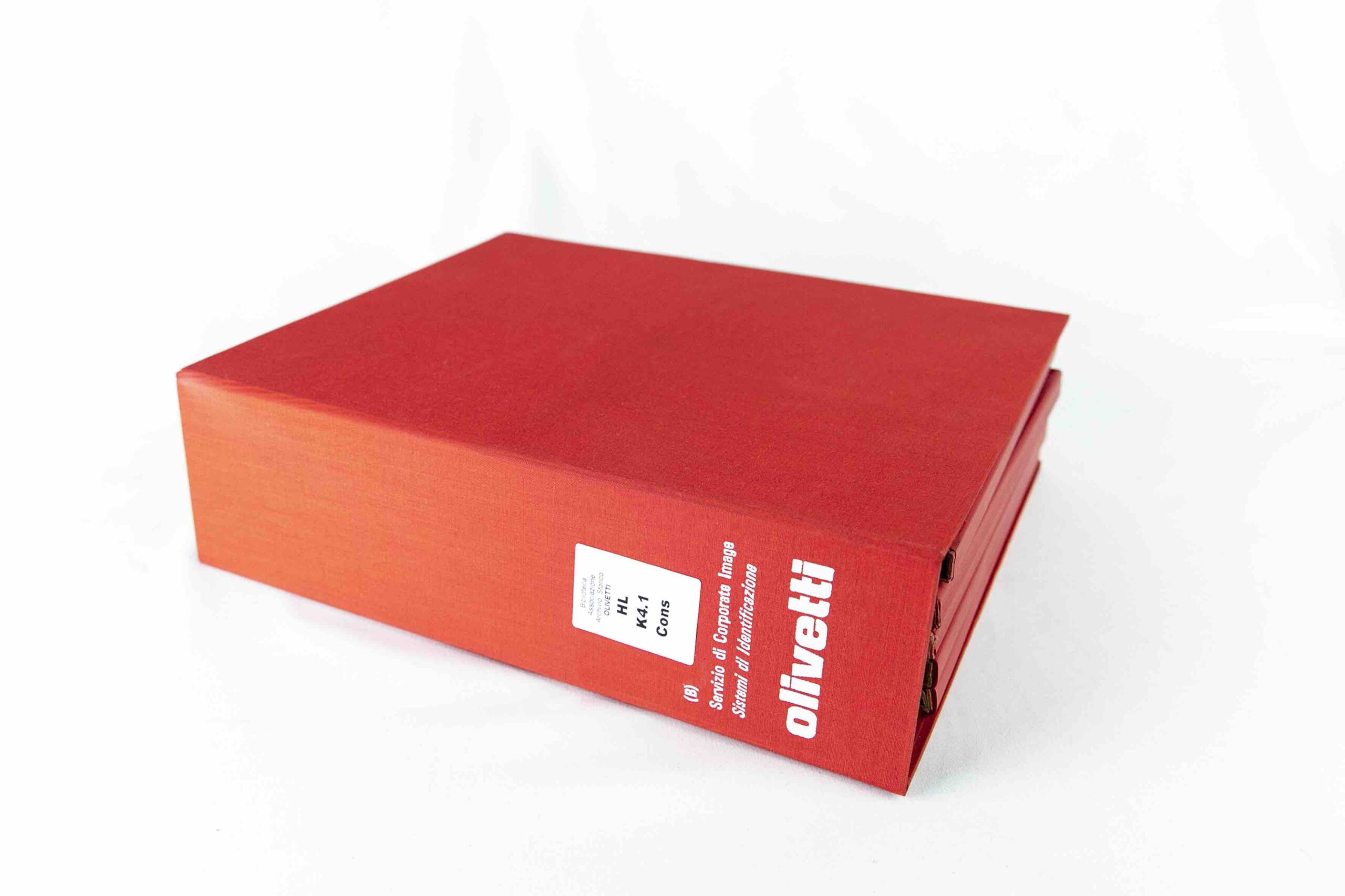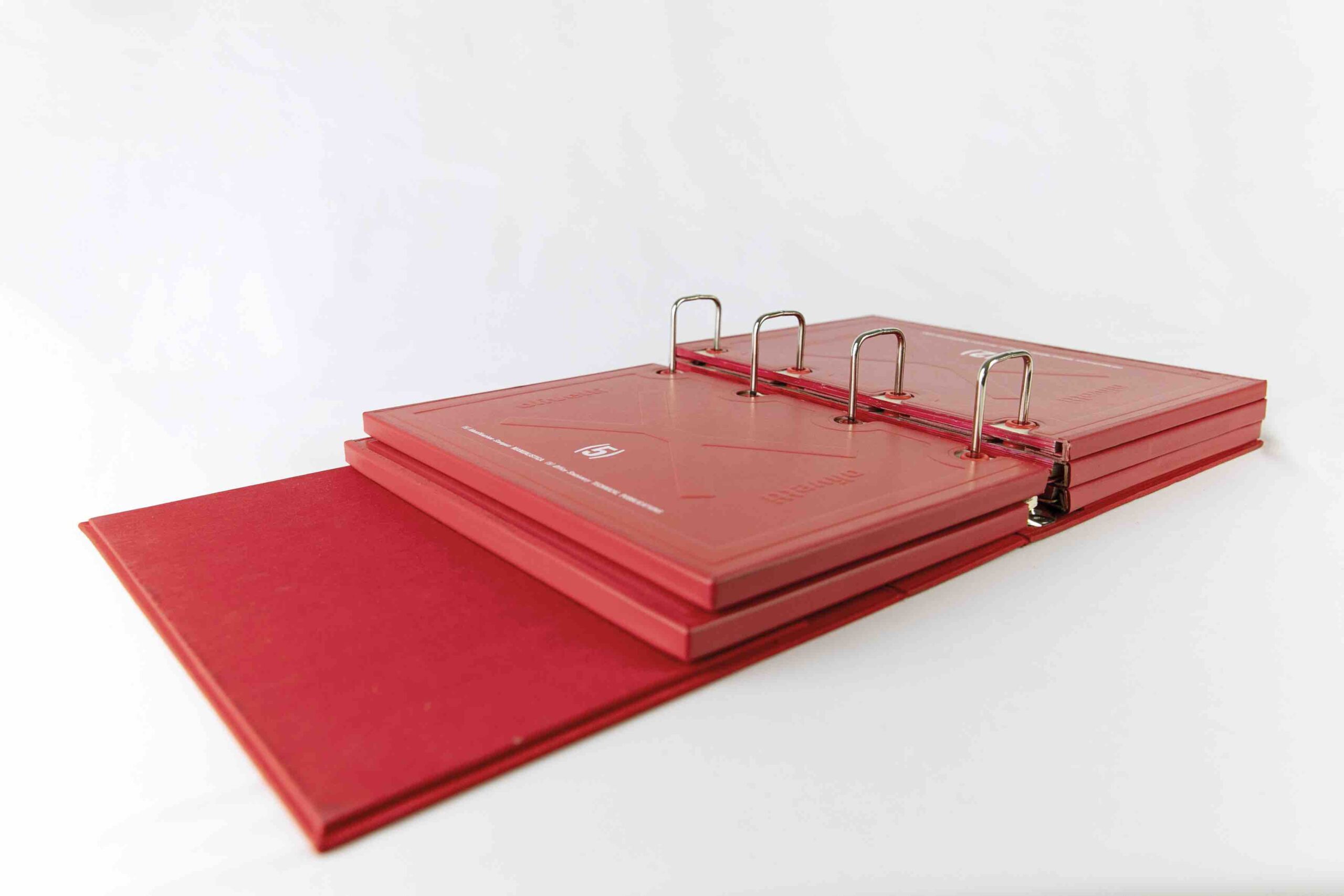The winners of the fourth edition of the Olivetti Design Contest:
First classifications ex aequo Mateos Flores Karla Guadalupe and Contreras Cruz Miguel Angel (BUAP, Puebla, Mexico) with the Insigne font and Barbara Tedeschi (CFP Bauer, Milan) with the Profile Typeface font.
Third place Mario De Libero (IED, Florence) with the Otello Sans font.
The Fourth Edition of the Olivetti Design Contest has as its theme Type Design: the creation of a new Olivetti typographical character. The company, known always for the priority given to innovation, experimentation and design, demonstrates its desire to carry forward the ideas inherited from Adriano Olivetti by putting artists, young people and designers at centre stage.
Do you want to be the Creative behind the new Olivetti font?
FOR MORE INFORMATION AND DETAILS READ THE CALL FOR PARTICIPATION
The call for participation is open to all students of Art and Design Universities and Academies at national and international level, who can present a project either individually or as a team member (of 5 components maximum).
The best projects will be selected to contribute towards the development of the new official Olivetti font.
Participating Institutes, Universities and Academies
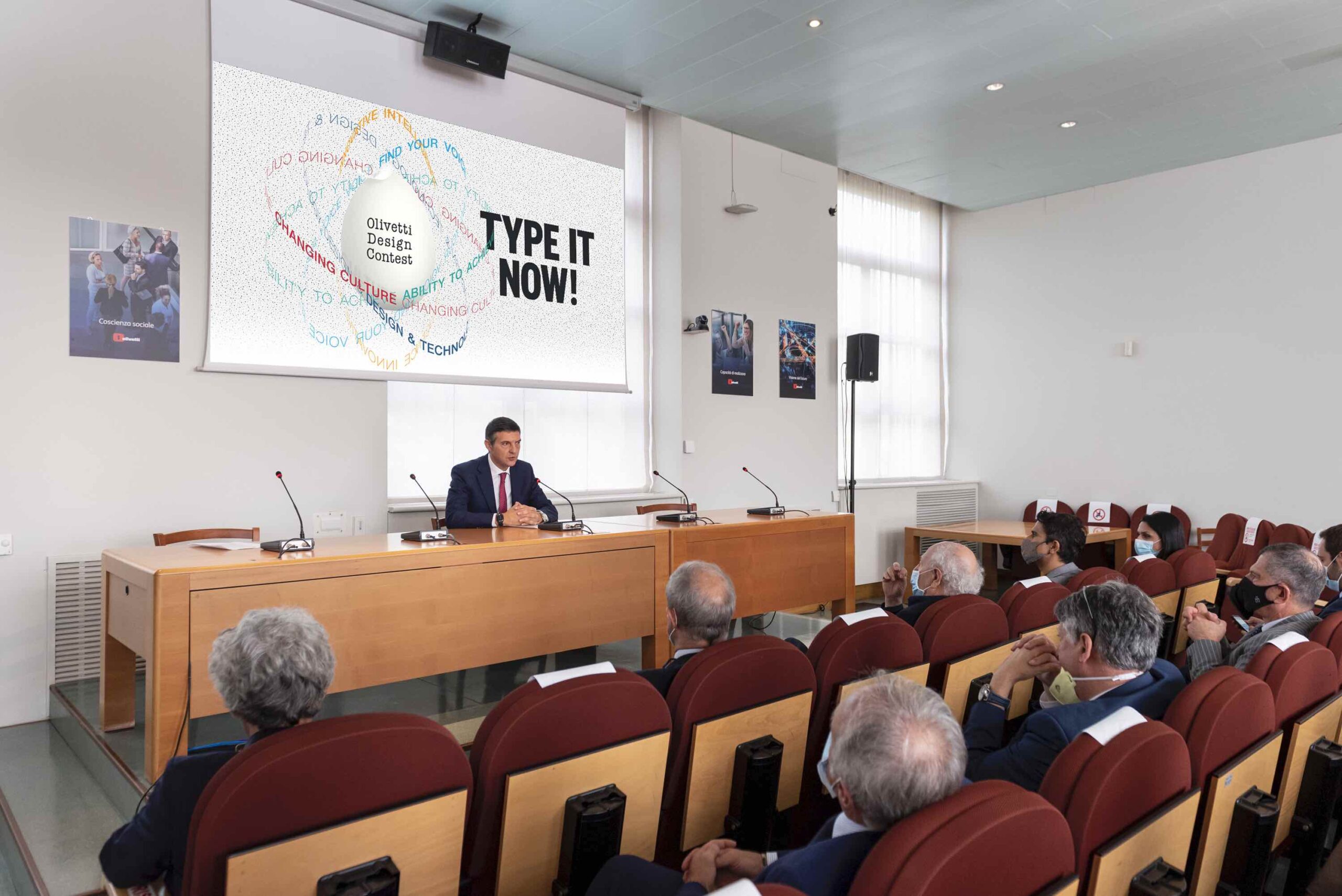
Writing has always played a key role in communications between peoples, leaving behind an indelible trace. For this reason, Roberto Tundo, Olivetti Chief Executive Officer, explains that the genesis of a new Olivetti font could restore attention to writing once again, as well as giving new life to a tradition born in the 1970s in the industrial city of Ivrea.
The study of typographical characters began in the Olivetti Character Design Office in 1974. Since that time, about 657 fonts have been created for the hammers and keys of writing machines that have made the history of product design. Today the glyphs are conserved in the Olivetti Historical Archives Association, Gaetano di Tondo being the President.
The idea behind the new edition arises from a reflection on the designers of today and the need to conserve the heritage of a past so rich in values. A typographical character, Emanuele Cappelli reminds us, represents a linguistic code that allows us to exchange ideas and thoughts between different generations.
Clino Trini Castelli – Jury President
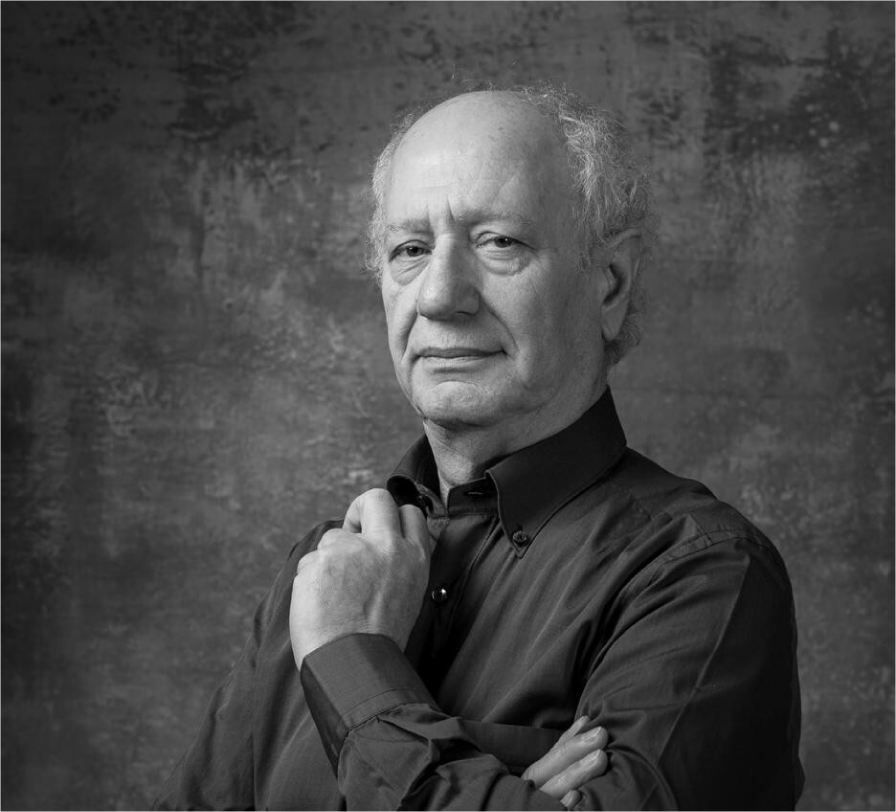
Clino Trini Castelli (1944) designer, artist and design theorist, lives and works in Milan. Known for CMF (Colours, Materials, Finish) design, Castelli introduced the “No-form” renovation of plastic languages applied to industrial products through “Primary Design” tools of which he was the pioneer. Beginning in the 1970s, instead of traditional compositional methods, he concentrated on the metaproject and on more intangible figurative aspects such as material, colour, light and sound, exalting the virtues of a sensorial approach to art and design. From 1964 to 1967 he worked for Olivetti in the Ettore Sottsass studio in Milan. A crucial turning point in Castelli’s professional career took place in 1969, when he returned to Olivetti to coordinate the Corporate Identity programme, producing the corporate image Red Books and developing the first ECMA dot matrix OCR character up until 1973. Then again, for the third time, from 1985 to 1992, Castelli returned to work for Olivetti and Olivetti Synthesis on the manuals for the Qualistic Compendium project related to coordinating the CMF identity of products. From 1980 the activity of Clino Trini Castelli expanded internationally obtaining important recognition at European, American and Japanese levels, including two ADI Compasso d’Oro awards.
Jury
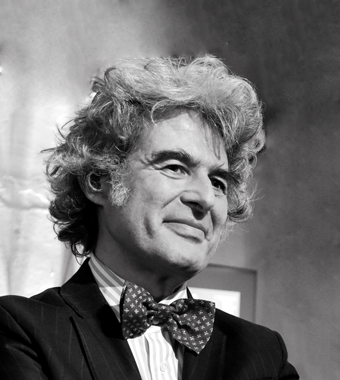
Gaetano Di Tondo
VP, Communication & External Relations Director in Olivetti, and President of the Olivetti Historical Archives Association
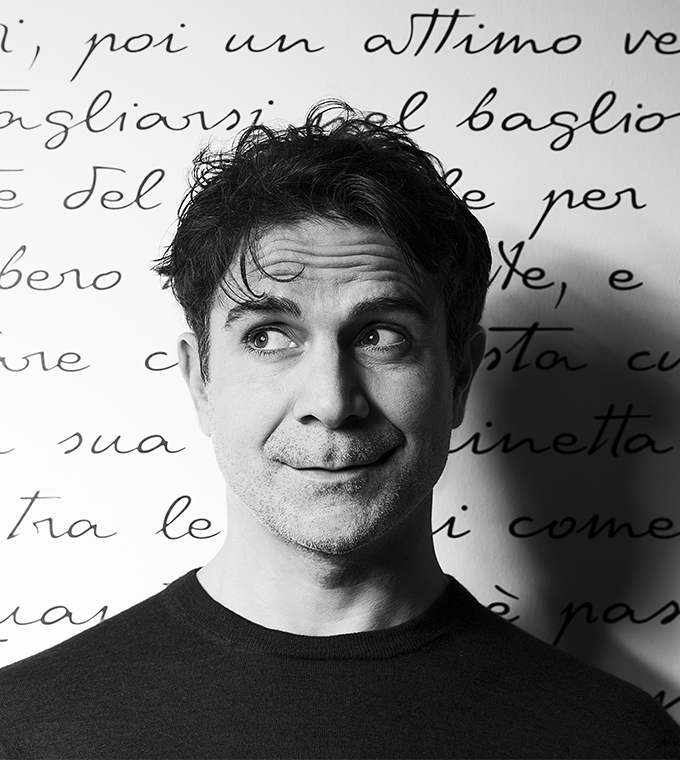
Emanuele Cappelli
Founder & Creative Director
Cappelli Identity Design

Chiara Alessi
Curator & Writer
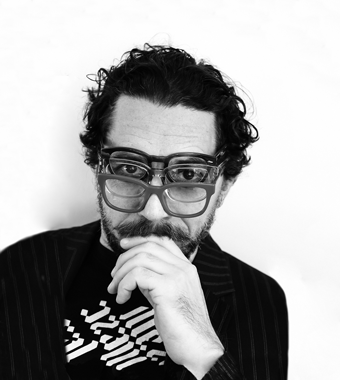
Matteo Bologna
Designer
Mucca Design
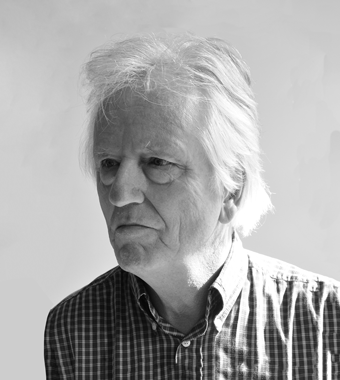
James Clough
Historician and Professor
of Typography

Lorenzo Fanton
Designer
Pentagram
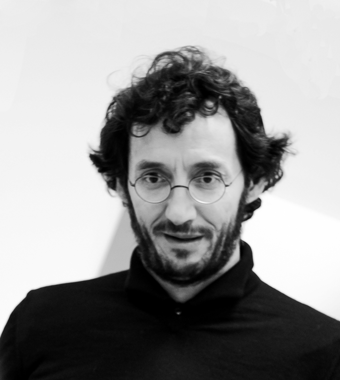
Luca Josi
Brand Strategy, Media
& Multimedia Entertainment in TIM
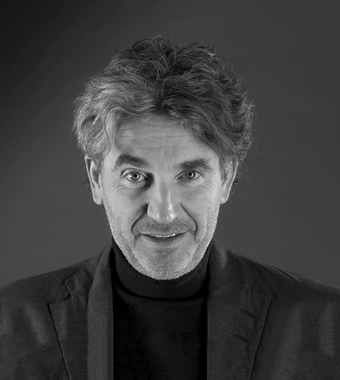
Walter Mariotti
Director
DOMUS

Antonio Pace
Type Designer
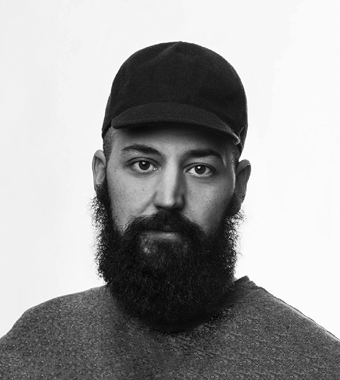
Jonathan Pierini
Type Designer & Graphic Designer
Olivetti
Design
Contest
Olivetti Design Contest born in 2016 to promoting the thought of man, industrialist and visionary Adriano Olivetti as well as his values that generated a new industry and design culture.
The symbol of the Olivetti Design Contest, designed by Emanuele Cappelli, represents the birth of the designer of tomorrow. The metaphor is made evident by an egg – which symbolizes the perfection of form – and the feather – which attests its earthly origin.
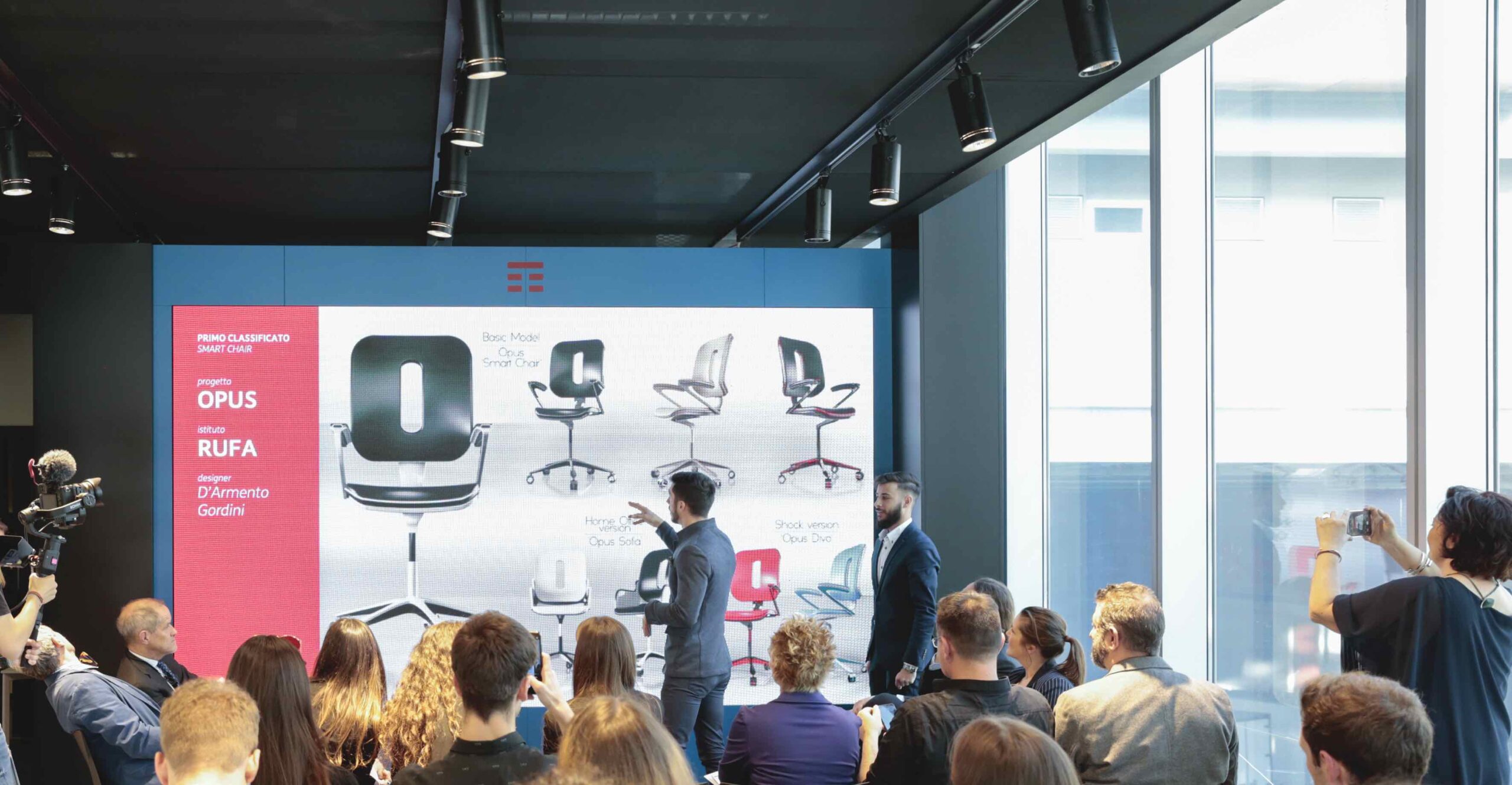
The intention of the Contest is to transmit Olivetti values and creative approach to students attending the most reputed Art and Design Academies at national and international levels.
The challenge in this case – different for every new edition – aims at finding a new model for the process of design, through thoughts and ideas centring on the person.
The activities of Olivetti, «IoT Digital Farm» of the TIM Group, are focused on constructing a suite of products and services able to provide added value for the Group and for the Market, exploiting particularly skills and assets acquired within the context of 5G.
Olivetti SpA – Company with sole shareholder TIM Group – Management and coordination by Telecom Italia S.p.A. – Registered office in Strada Monte Navale 2/C, 10015 Ivrea (TO) Italy – Phone +39 0125 7751 – Fully paid in registered capital of 11.000.000,00 Euro, V.A.T. number 02298700010 – registered at the Turin Chamber of Commerce Company Registry N° 547040
adminpec@olivetti.telecompost.

